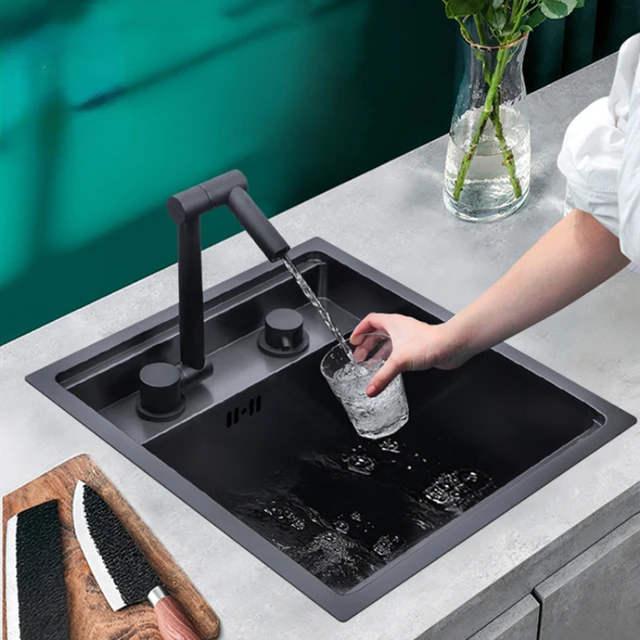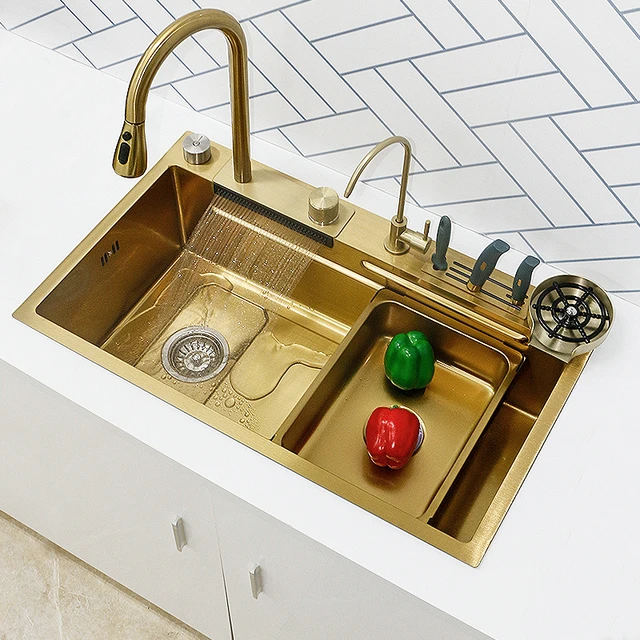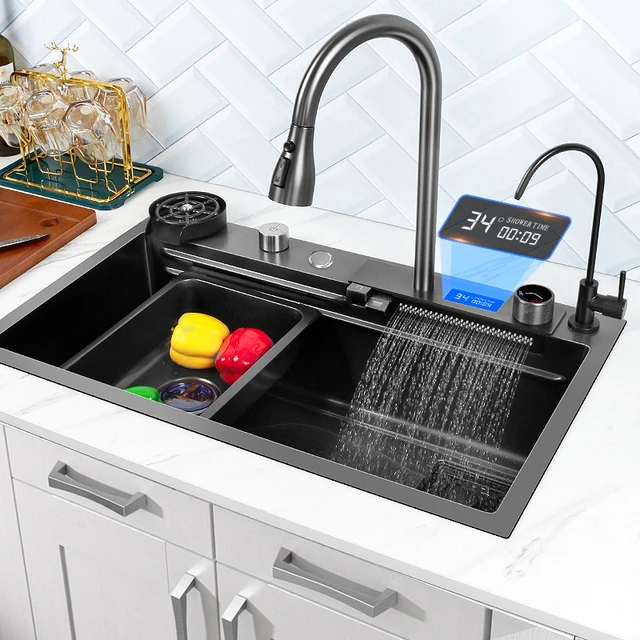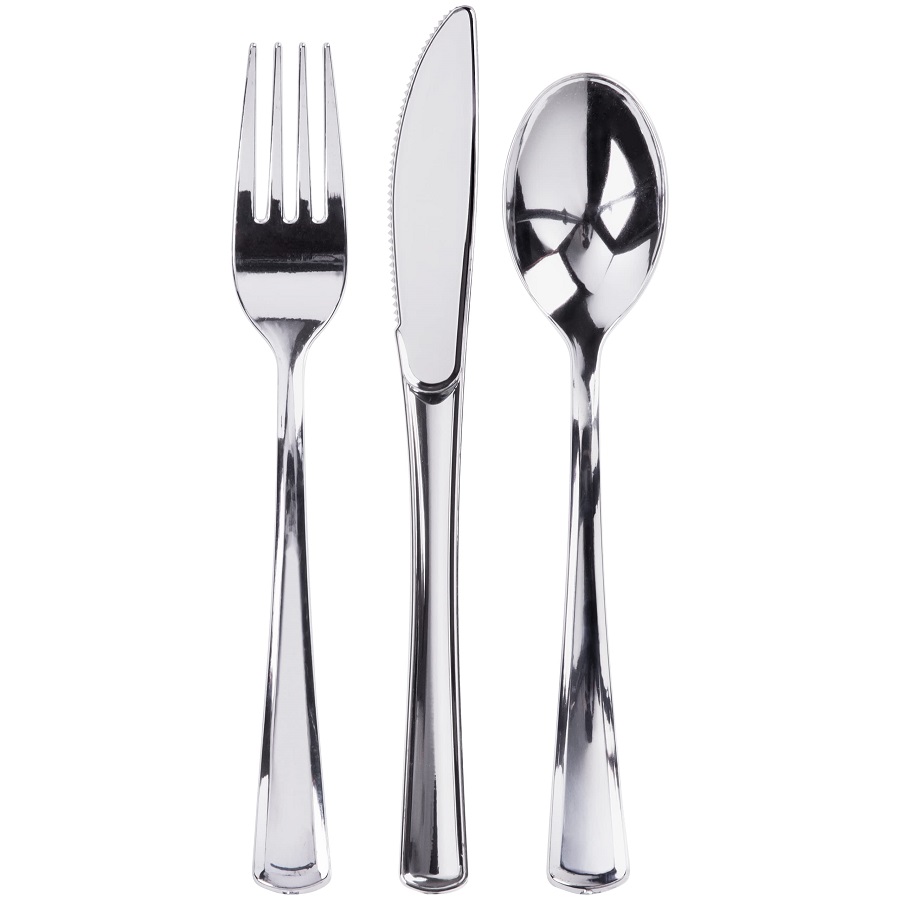 Introduction:
Introduction:
The kitchen sink is one of the most frequently used fixtures in the kitchen, making regular cleaning essential for maintaining cleanliness and hygiene. While cleaning a kitchen sink may seem like a simple task, understanding the right techniques, tools, and products is crucial for effective and thorough cleaning. In this comprehensive guide, we will explore various methods for cleaning different types of kitchen sinks, including stainless steel, porcelain, and composite sinks. By following these steps, individuals can keep their kitchen sinks sparkling clean and free from stains, odors, and bacteria.
 Several types of kitchen sinks:
Several types of kitchen sinks:
There are several types of kitchen sinks available, each with its own design, installation method, and material. Here are some common types:
Top-Mount Sink:
Also known as a drop-in sink or self-rimming sink, this type of sink is installed from above, where the rim rests on the countertop. It is easy to install and typically has a visible rim that overlaps the countertop.
Undermount Sink:
An undermount sink is mounted from below the countertop. It creates a seamless look as the edges of the sink are hidden beneath the counter, making it easier to clean the countertop. Undermount sinks are commonly used with solid surface, stone, or quartz countertops.
Farmhouse Sink:
Also known as an apron-front sink, farmhouse sinks have a large, exposed front panel that extends slightly beyond the cabinet front. They often have a deep basin and a vintage or rustic appearance, adding a charming focal point to the kitchen.
Stainless Steel Sink:
Stainless steel sinks are a popular choice due to their durability, resistance to staining and corrosion, and easy maintenance. They come in various sizes, styles, and configurations to suit different kitchen needs.
Composite Sink:
Composite sinks are made from a blend of materials, typically combining quartz or granite with resin. These sinks are resistant to chipping, scratching, and heat. They are available in various colors to match the kitchen décor.
Cast Iron Sink:
Cast iron sinks are made from a cast iron core coated with a layer of enamel. They are renowned for their durability and heat resistance. Cast iron sinks often have a classic and elegant appearance.
Fireclay Sink:
Fireclay sinks are made from clay that is molded and fired at high temperatures. They are exceptionally durable, resistant to heat, scratches, and stains. Fireclay sinks have a smooth, glossy finish and a farmhouse-style look.
Double Basin and Single Basin Sinks:
Kitchen sinks can have one or two basins. Double basin sinks offer separate compartments for washing dishes and rinsing, while single basin sinks provide a larger space for versatile use.
These are just a few examples of kitchen sink types available in the market. The choice of sink depends on factors such as personal preference, kitchen layout, functionality requirements, and budget.
 Preparing for Cleaning
Preparing for Cleaning
Gather Cleaning Supplies:
Before starting the cleaning process, gather necessary supplies such as gloves, dish soap, baking soda, vinegar, various sink cleaners, microfiber cloths, a soft brush, and a sponge.
Clear the Sink:
Remove any dishes, utensils, or debris from the sink to provide clear access for cleaning.
Cleaning Stainless Steel Sinks
Rinse the Sink:
Start by rinsing the stainless steel sink with warm water to remove loose dirt and debris.
Apply Dish Soap:
Apply a few drops of dish soap directly to a wet sponge or soft brush.
Scrub the Sink:
Use the sponge or soft brush to scrub the sink, focusing on areas with stains, spots, or grime.
Use gentle, circular motions to avoid scratching the stainless steel surface.
Rinse and Dry:
Thoroughly rinse the sink with warm water to remove the soap residue.
Wipe the sink dry using a clean microfiber cloth to prevent water spots or stains.
Cleaning Porcelain Sinks
Create a Baking Soda Paste:
Mix baking soda with a small amount of water to form a paste.
Adjust the amount of baking soda and water as needed to achieve a thick, spreadable consistency.
Apply the Paste:
Spread the baking soda paste over the surface of the porcelain sink.
Pay close attention to stained areas or spots that require extra cleaning.
Scrub the Sink:
Use a soft brush or sponge to scrub the sink gently, focusing on stained or dirty areas.
Avoid using abrasive materials that may scratch the porcelain surface.
Rinse and Dry:
After scrubbing, rinse the sink thoroughly with warm water to remove the baking soda residue.
Wipe the sink dry using a clean microfiber cloth to prevent water spots or stains.
Cleaning Composite Sinks
Rinse the Sink:
Start by rinsing the composite sink with warm water to remove loose debris.
Apply Vinegar Solution:
Fill a spray bottle with equal parts water and white vinegar.
Spray the vinegar solution onto the surface of the composite sink.
Wipe and Scrub:
Use a soft sponge or cloth to wipe the sink, ensuring the vinegar solution covers all areas.
For stubborn stains, lightly scrub the sink using a soft brush or non-abrasive sponge.
Rinse and Dry:
Thoroughly rinse the sink with warm water to remove the vinegar solution.
Wipe the sink dry using a clean microfiber cloth.
 Additional Tips for All Sink Types
Additional Tips for All Sink Types
Preventing Odors:
To prevent unpleasant odors, regularly pour a mixture of vinegar and baking soda down the drain and rinse with hot water.
Avoiding Scratches:
Use non-abrasive cleaning tools and avoid harsh chemical cleaners that can scratch or damage the sink surface.
Dealing with Stains:
For stubborn stains, dampen a cloth or sponge with vinegar and let it sit on the stain for a few minutes before scrubbing.
 Conclusion:
Conclusion:
Regular cleaning and maintenance of a kitchen sink are essential for maintaining a clean and hygienic environment in the kitchen. By following the steps provided in this comprehensive guide, individuals can effectively clean different types of kitchen sinks, including stainless steel, porcelain, and composite sinks. Remember to use the appropriate cleaning products and tools specific to the sink’s material to prevent damage. A clean and fresh kitchen sink not only enhances the overall appearance of the kitchen but also ensures proper hygiene and sanitation.




